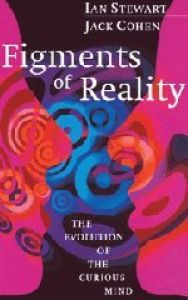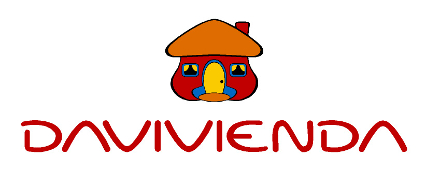
Figments of Reality
The Evolution of the Curious Mind
Recommendation
Ian Stewart and Jack Cohen unfold the evolution of human intelligence from the beginnings of time. Their basic theory is that inorganic matter combined with carbon and became self-organizing, providing the basis for life. Over millions of years, this matter interacted with the environment and gained intelligence. Physical and intelligent matter co-evolved and eventually became human. While the book presents an intriguing, novel and reasonably well-argued scientific position about evolution, many readers may find it tough going, in that it offers exhaustive detail about the processes involved. The authors extensively discuss game theory, mathematical probability, chemistry, physics, DNA and natural selection. In addition, they include some speculative breaks - in the form of conversations about these ideas with an imaginary alien - that are hard to follow. Skip them. getAbstract recommends this book to scientifically inclined readers with a grounding in science, math and physical anthropology, who will relish the depth of information the authors provide.
Summary
About the Authors
Ian Stewart is a Professor of Mathematics at the University of Warwick, UK, and a Professor of Mathematics at the Royal Institution of Great Britain. He is the author of more than 60 books, including the bestselling Does God Play Dice? and frequently appears on radio and television. He was awarded the Royal Society Michael Faraday medal in 1995. Jack Cohen is an internationally known reproductive biologist who was a university teacher for 30 years and has published nearly 100 research papers. His books include Living Embryos, Reproduction, Spermatozoa, Antibodies and Infertility and The Privileged Ape He acts as a consultant to top science-fiction writers and frequently appears on radio and television.








Comment on this summary